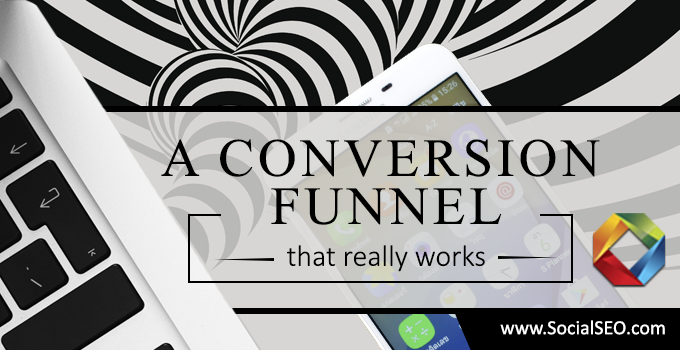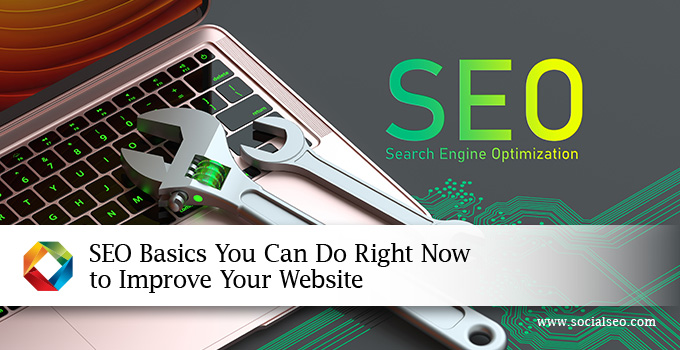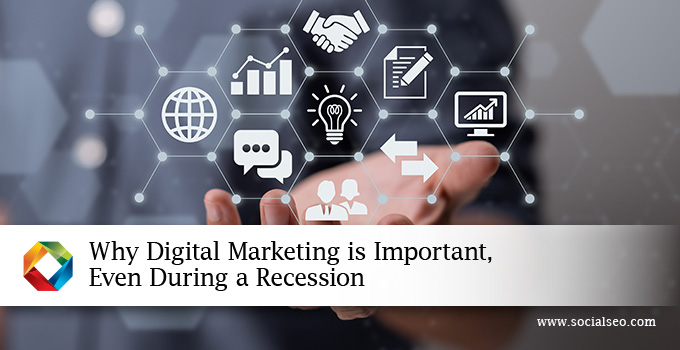If you have a website, whether it’s for informing potential clients and consumers about your…

4 Best Practice Strategies to Build a Conversion Funnel That Works
If you own a brick and mortar store, your goal is for prospective customers to buy your in-store products. That means they need to go through a series of steps, each of which brings them closer to making a purchase. For example, they first need to find your store, then enter it. Then, they need to find the product they’re looking for. Once they find it, they need to put it their shopping cart. Finally, they need to take their cart to the cashier and pay their money.
Of course, not everyone who walks into your store eventually buys something. Of all the people who come into your store on a given day, some will walk in and immediately leave, perhaps because they don’t like the look of the store, or maybe because they realize they’re in the wrong store. Some will walk around for a while, and then leave because they couldn’t find the product they want, or possibly because your prices are too high, or you don’t carry the brand they want.
What Is a Conversion Funnel?
 When consumers shop online, they go through a similar series of steps before making a purchase. For example, they first need to find your website, usually through an organic search or in response to an ad. Then they need to find the webpage which features the product they’re looking for. They’ll typically read a product description, and perhaps customer reviews to see if the featured product is what they want. If they make it this far, and if the product meets all their needs, they’ll add it to their shopping cart and enter the checkout process. Assuming they encounter no difficulties or problems, they’ll click on “purchase” to complete the sale.
When consumers shop online, they go through a similar series of steps before making a purchase. For example, they first need to find your website, usually through an organic search or in response to an ad. Then they need to find the webpage which features the product they’re looking for. They’ll typically read a product description, and perhaps customer reviews to see if the featured product is what they want. If they make it this far, and if the product meets all their needs, they’ll add it to their shopping cart and enter the checkout process. Assuming they encounter no difficulties or problems, they’ll click on “purchase” to complete the sale.
This process, or series of steps, is sometimes referred to as a “conversion funnel.” It’s called a “funnel” because the top is large, with many prospective customers. The bottom is smaller, including only those people who haven’t been dissuaded by something they didn’t like. There are many kinds of conversion funnels, each related to a different kind of conversion. In some cases, the conversion is a sale. In others, it could be sharing contact their information through an online form or downloading specific content.
Kissmetrics defines conversion funnels in this way:
“You undoubtedly want visitors on your website to take certain actions. Maybe you want them to make a purchase, sign up, or fill out a form. When someone does something you want them to do, it’s known as a conversion. The visitor converts from browsing to taking the action you want them to take. A funnel is the set of steps a visitor needs to go through before they can reach the conversion.”
The 5 Stages of the Funnel
Effectively moving prospects through the funnel means that they successfully complete each of 5 critical conversion actions, as follows:
- Awareness: you need to create strategies to make prospects aware of your product
- Interest: this typically entails generating content that builds interest in your product(s); this is also the stage in which you separate those leads who are likely to purchase the product and those who aren’t
- Desire: at this stage, you’re separating prospects who merely have an interest in your product from those who want to buy it
- Conversion: a percentage of the prospects who want to buy your product will opt to delay their purchase, or to buy it from a competitor. The conversion stage is that point at which prospects who both want your product, and want to purchase it from you, “sign on the dotted line”
- Retain: your business can’t thrive with customers who make a single purchase. You need to effect strategies which retain customers, turning them from one-time buyers into loyal customers
How to Reduce Drop-off and Increase Conversions
Of course, you don’t want to stay on the sidelines, hoping leads will move through your conversion funnel to take the action you want them to take. You need to “grease the skids,” effectively engaging leads throughout the process and eliminating potential objections that lead to drop off. That means, among other things, developing powerful lead generation strategies, focusing on your most sales-ready leads, and nurturing those leads with valuable, relevant content to build trust at each step of the funnel.
To create a conversion funnel that works, you should follow best practice conversion strategies, including the following 4:
1. Generate Sales-Ready Leads
The content you use to generate leads should be unobtrusive (not, in other words, a direct sales pitch), but it should implicitly relate to what it is you ultimately want leads to do. For example, if you’re selling CRM software, a key piece of content might be an article about how leads can get inexpensive CRM customized for their business. The more compelling your content, and the more closely it relates to the conversion you’re seeking, the more sales-ready your leads will be, and the more sales you’ll make.
2. Focus on Your Best Leads
Effectively prioritizing leads is key to increasing conversion rates. One of the best ways to do this is with an effective lead scoring system. Lead scoring entails the analysis of multiple factors related to conversion, including both demographic and behavioral data. Based on that automated analysis, each of your leads will have a lead score—the higher the score, the more likely that lead is to convert. Using lead scoring, you’ll be able to focus on your best leads, a higher percentage of whom will likely complete the desired action, increasing your conversion rates.
3. Nurture Leads with Social Media and Email Marketing
Even when your leads are sales-ready and of high quality, you need to effectively nurture them to move them through the funnel. According to HubSpot, consumers on average view 3 to 5 pieces of content before they’re ready to talk sales. One way to nurture leads is by encouraging them to follow you on your social media pages. By posting customized and helpful content on social media sites, you can build trust, direct more traffic to relevant pages on your website, and move leads down the funnel.
Email marketing is another way to nurture leads with relevant content. For example, 68 percent of participating companies in one recent survey reported they had a good or excellent ROI using email marketing. For best results, keep your emails concise, keep them focused, never asking recipients to take more than one action, and make sure your emails are strategically organized, each following naturally from the one which preceded it, and each moving your leads further down the funnel.
4. Always Measure Results
The best online conversion strategies are grounded in a model of continual improvement. You can’t simply assume that this or that tactic is working—you need to use a robust analytics program to provide you with key metrics that demonstrate what’s working, and what isn’t. If, for example, you find that a particular piece of content is under-performing, you need to know why so you can tweak or replace it. To maximize conversions, always analyze results so you can make the changes necessary to boost your conversion rates.
Conclusion
Developing a conversion funnel that works will help you gain greater control over the buyer’s journey and, ultimately, increase sales. An effective conversion funnel is one component of a comprehensive digital marketing strategy. To create such a strategy, you should consider partnering with an experienced digital marketing agency, one which can help you build a reliable, integrated digital marketing strategy to drive sales and grow your business.



